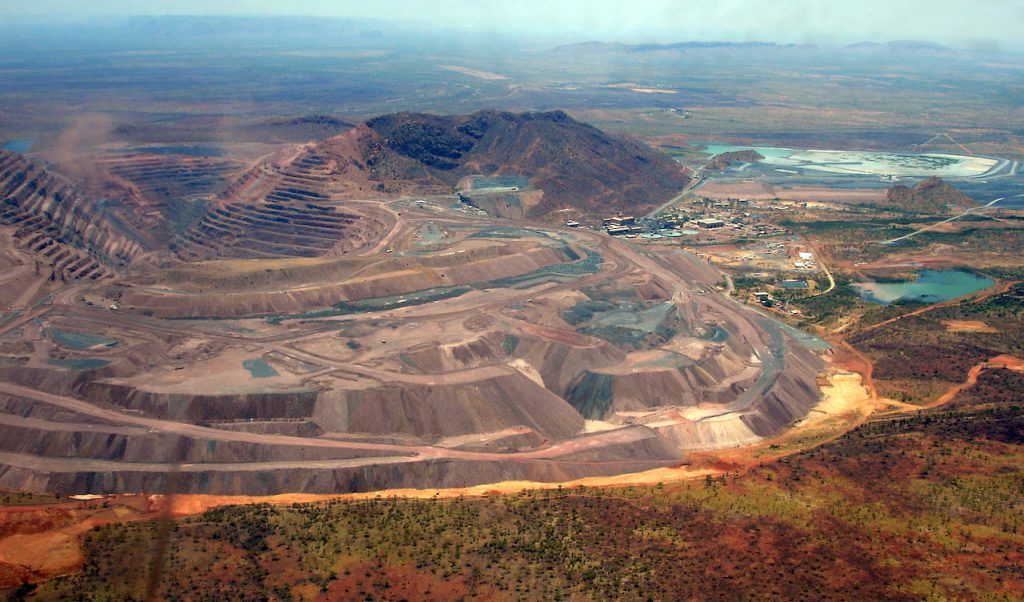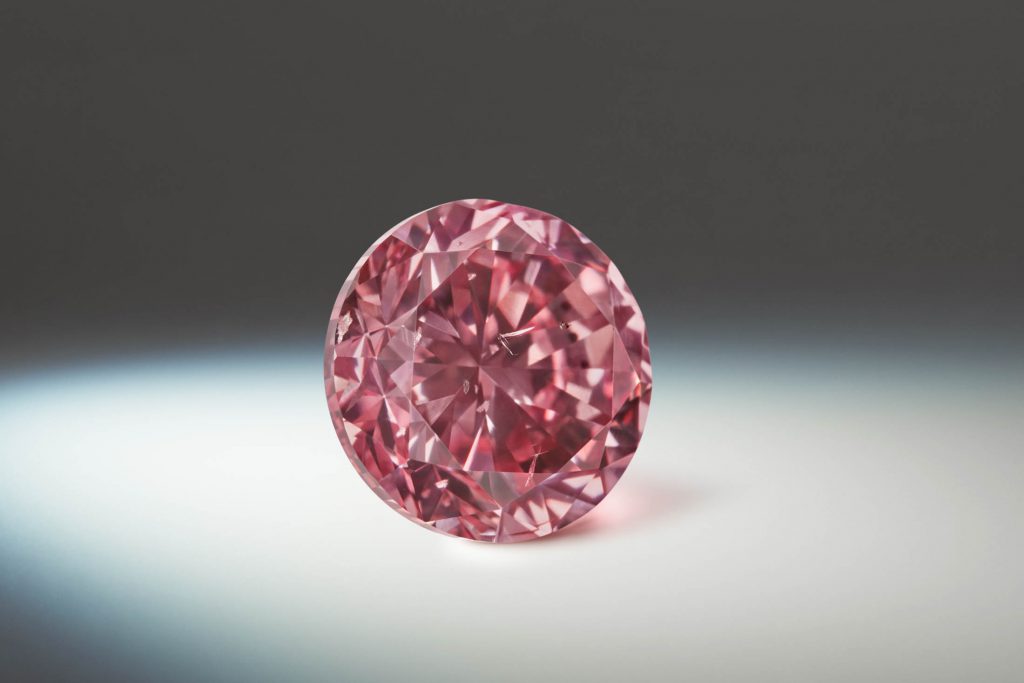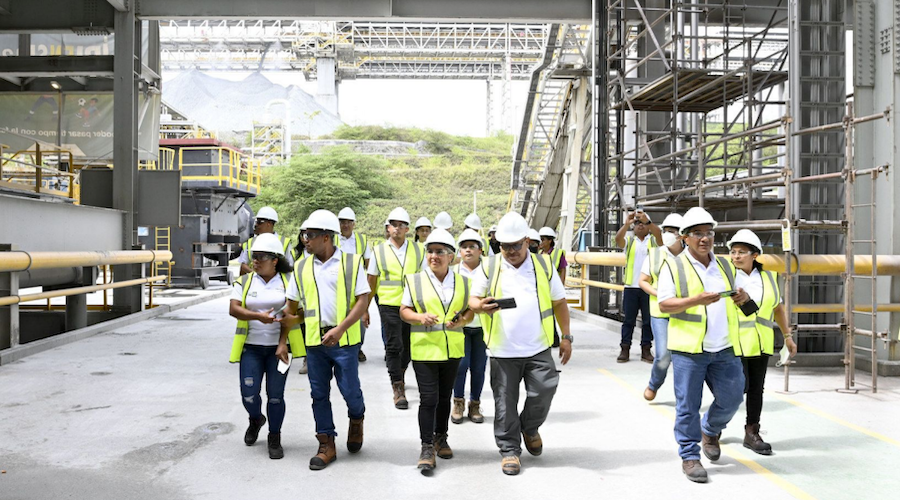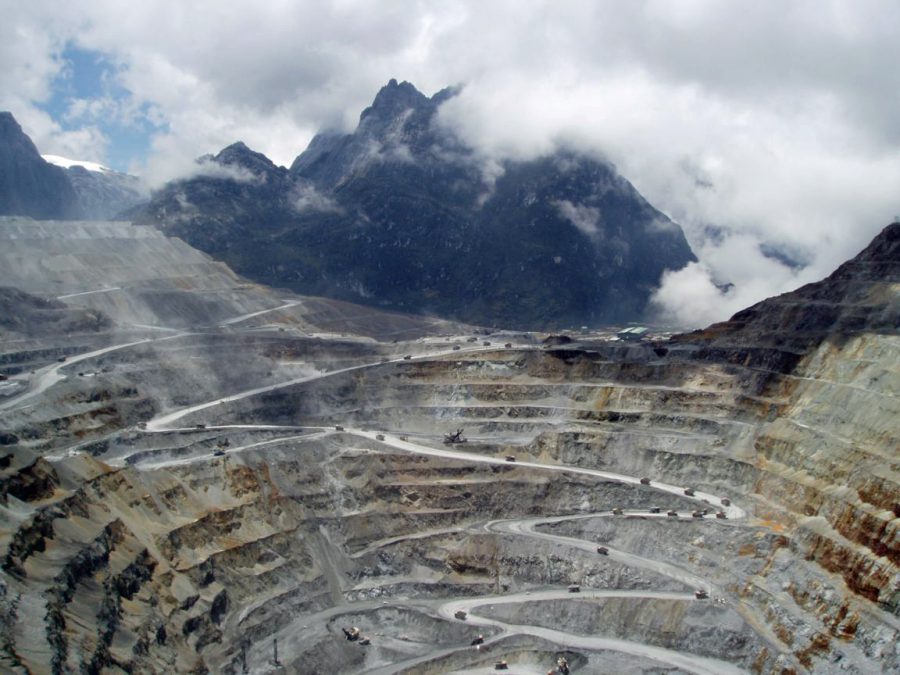Rio Tinto readies to close world’s biggest diamond mine

Rio Tinto’s (ASX, LON, NYSE: RIO) iconic Argyle mine in remote Western Australia, the world’s biggest and the main global source of high-quality pink diamonds, will close in the fourth quarter this year, potentially pushing prices up and spurring exploration.
The planned closure, the company said, will impact its total diamond output for the year. Rio now expects to produce between 12 and 14 million carats of rough diamonds in 2020, down from the 17 million carats it churned out last year.
The impact on Rio’s balance sheet, however, will be minimal. Diamonds bring in only about 2% of its earnings, while iron ore — the company’s main commodity — accounts for almost 60%.
Miner expects to see production of rough diamonds drop from 17 million carats last year to 12-14 million carats in 2020
Pink diamonds, already rare, are about to get scarcer as Argyle is responsible for 90% of worldwide production of the coloured precious rocks. The mine has yielded more than 865 million carats of rough diamonds since it opened in 1983 and, so far, there haven’t been major discoveries or projects capable of measuring up to Argyle in terms of production.
At its peak, the mine produced 40% of world diamond output by volume. It still accounts for all of Australia’s diamond production.
Rio Tinto estimates Argyle’s direct contribution to the East Kimberley is roughly 6% of the region’s gross regional product.
Analysts and auctioneers alike expect prices for the unique diamonds to go up. Pink stones have already been fetching record prices in the past few years and the closure of their main source could see that trend strengthen.
In 2018, the 18.96-carat Pink Legacy sold for $50 million at Christie’s auction house, breaking the world record for price paid per carat for a pink diamond at auction.

At Sotheby’s Hong Kong October sale, one of the star pieces — described as an “exquisite 10.64-carat vivid purplish pink diamond” — sold for just under $20 million.
Rio Tinto’s own data show that the prices for their Argyle pink diamonds have jumped by 500% since 2000.
The mining giant said the decommissioning and dismantling of the mine would take five years, after which it would monitor the site for a period yet to be defined.
More News
First Quantum pulls back from arbitration on Panama copper mine
Signals potential for more negotiations with the nation over the Cobre Panama mine that’s been shuttered for more than a year.
March 31, 2025 | 04:30 pm
Freeport-McMoRan lowers first-quarter gold sales forecast
The company said it expects first-quarter gold sales to be roughly 100,000 ounces below its prior forecast of 225,000 ounces.
March 31, 2025 | 03:41 pm
{{ commodity.name }}
{{ post.title }}
{{ post.excerpt }}
{{ post.date }}



5 Comments
Harry Danaher
This is a really interesting article that broadened my horizons on a huge mining operation and market I know little about. It would, however have been better still if it had of explored a little about what Rio Tinto plan to do with the land once the site closes. Will it undergo an abatement program to return the land to it’s original state, pre-mining , or will it leave it unoccupied to fall into a state of disrepair?
Rem
I’m sure if you are truly concerned you might google “argyle diamond rehabilitation ” which is where you’ll find your answer.
GA
From the company’s web site…
Argyle Diamond Mine
Following the last production from the Argyle mine, we anticipate that it will take five years to decommission and dismantle the mine and undertake rehabilitation, followed by a further period of time for monitoring. Argyle will continue to employ people post-mining to work on rehabilitation and monitoring, continuing to pay wages and contributing to the local economy.
Paddy
I expect that pseudo environmentalists + anti capitalist and the rest of the snowflake brigade will be screaming that the land be returned to its natural state
Indeed I agree but which way it’s carried out is another matter
1 At enormous cost and a large footprint of heavy plant etc
2 Let time carry out the rehabilitation as is the case after natural disasters, such as the bush fires which largely is brought on by poor forest management . That type of poor forest management has now been brought about by the lobbyists of the green and environmentalists organisations
Ibrahima
Can you give more details, about the rough diamonds business